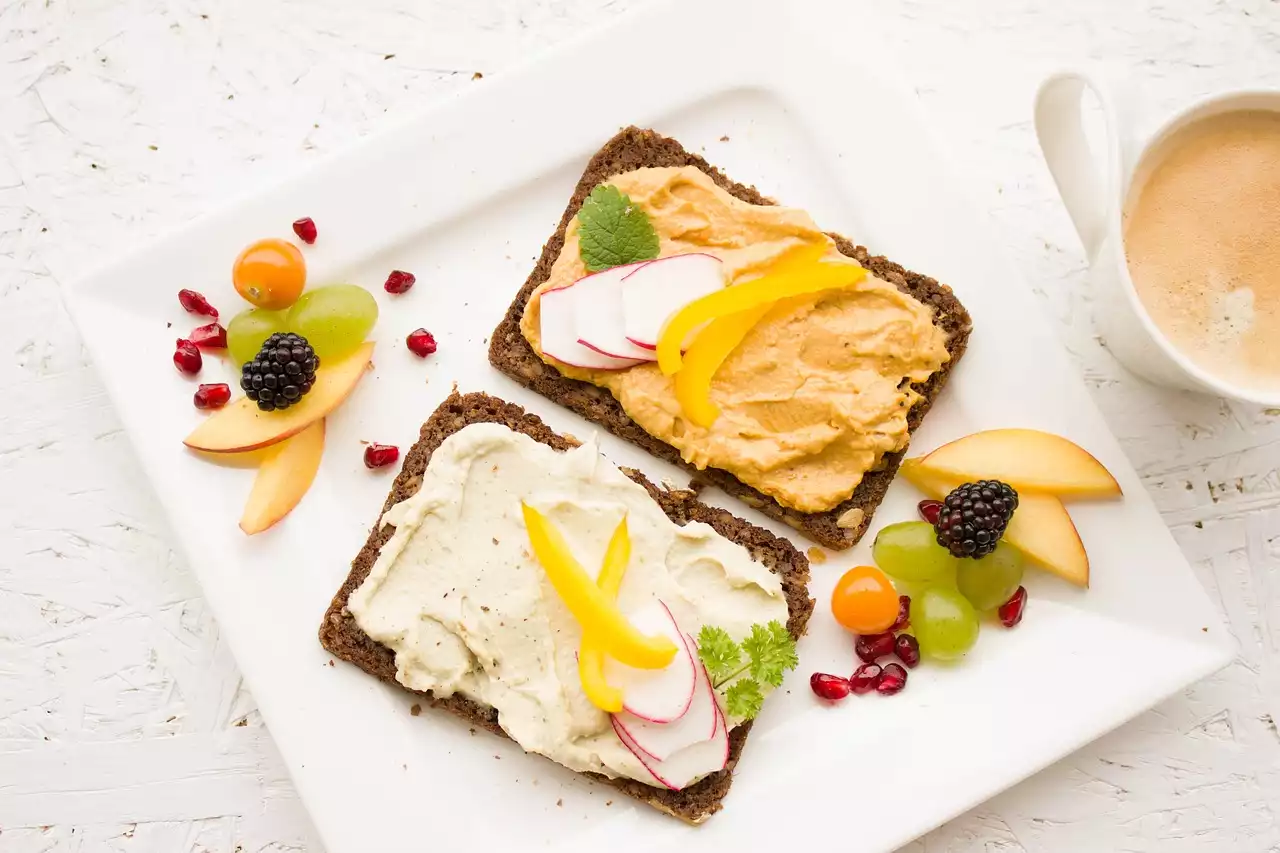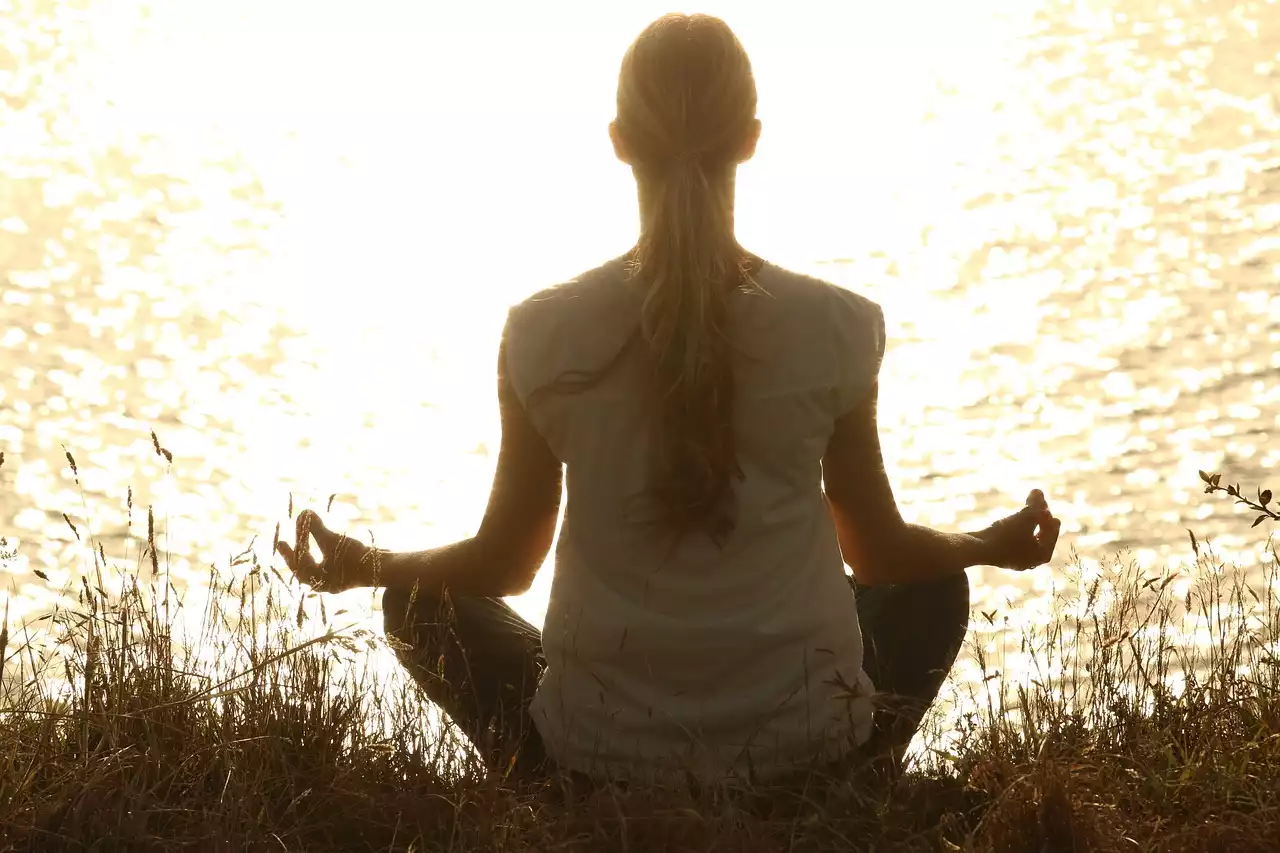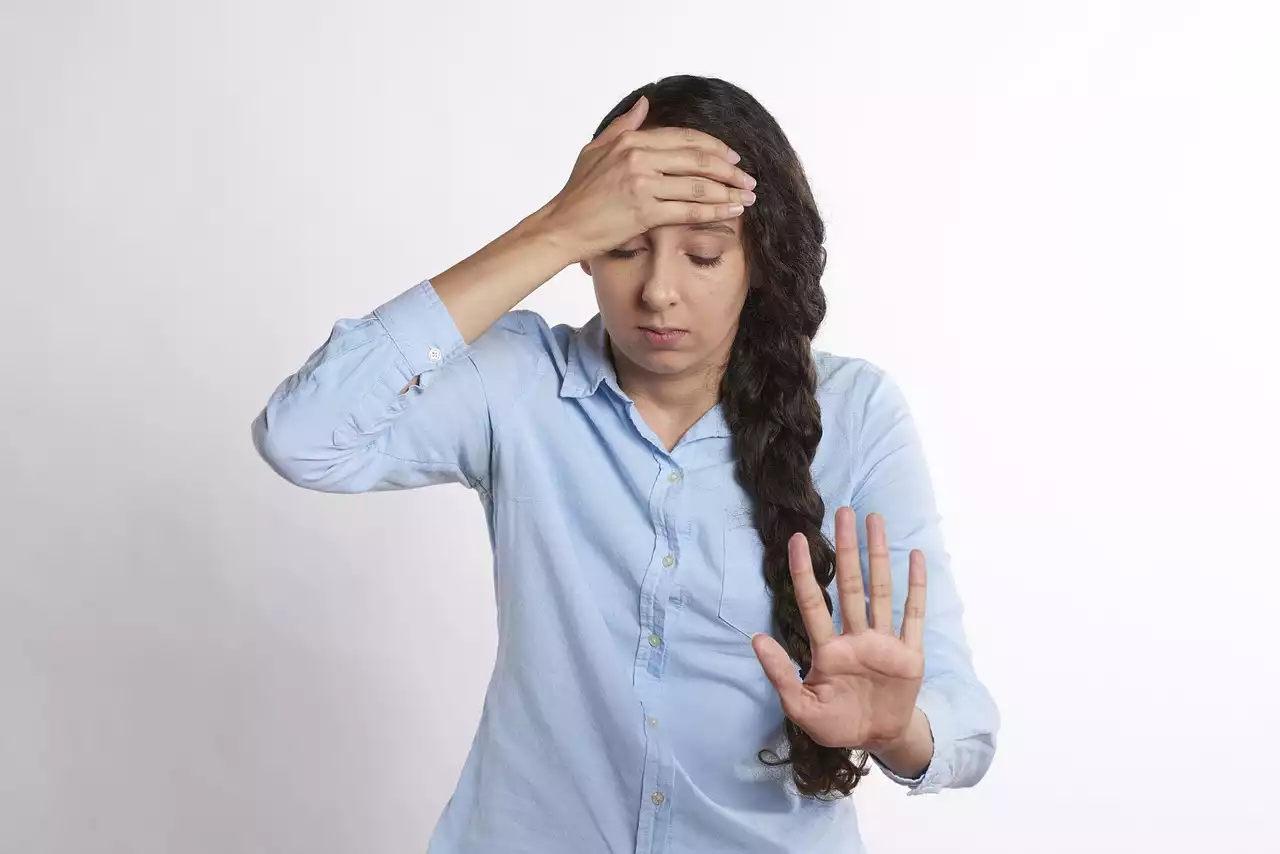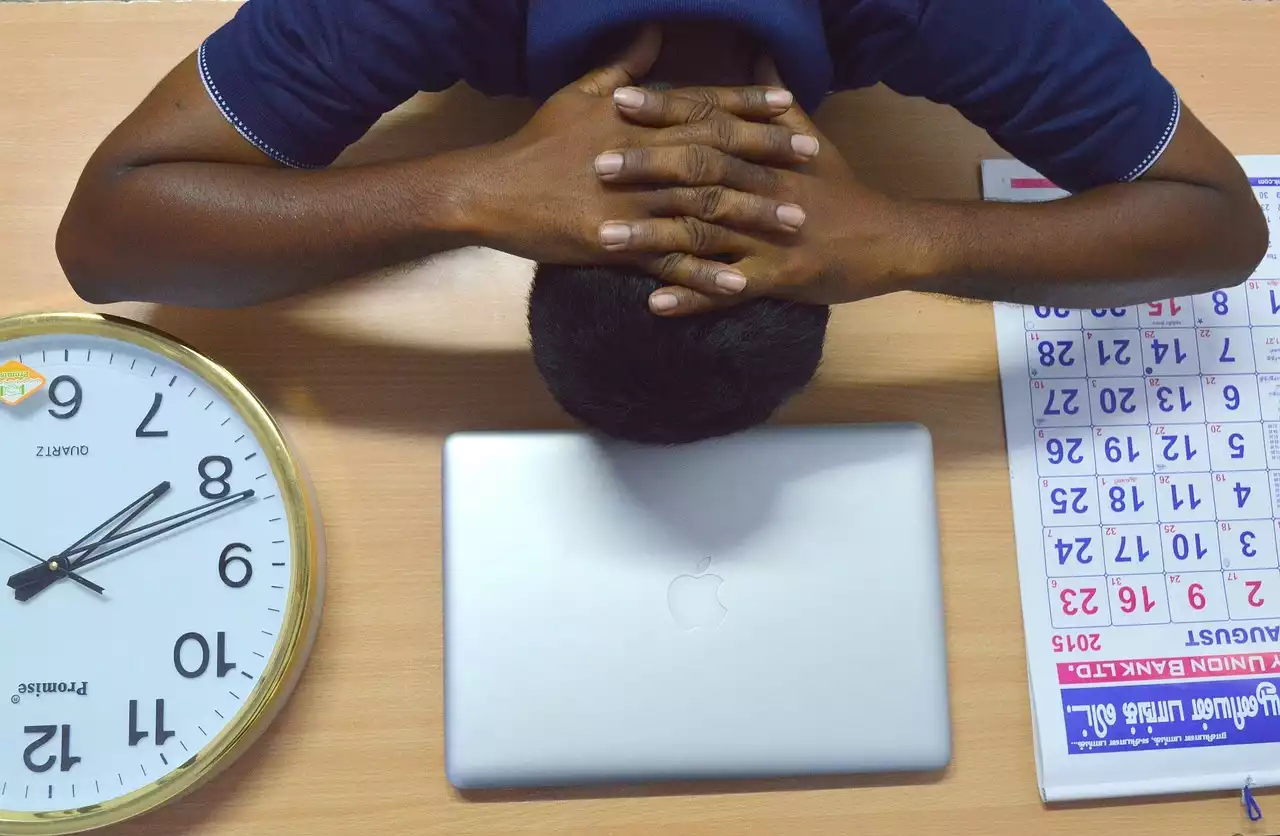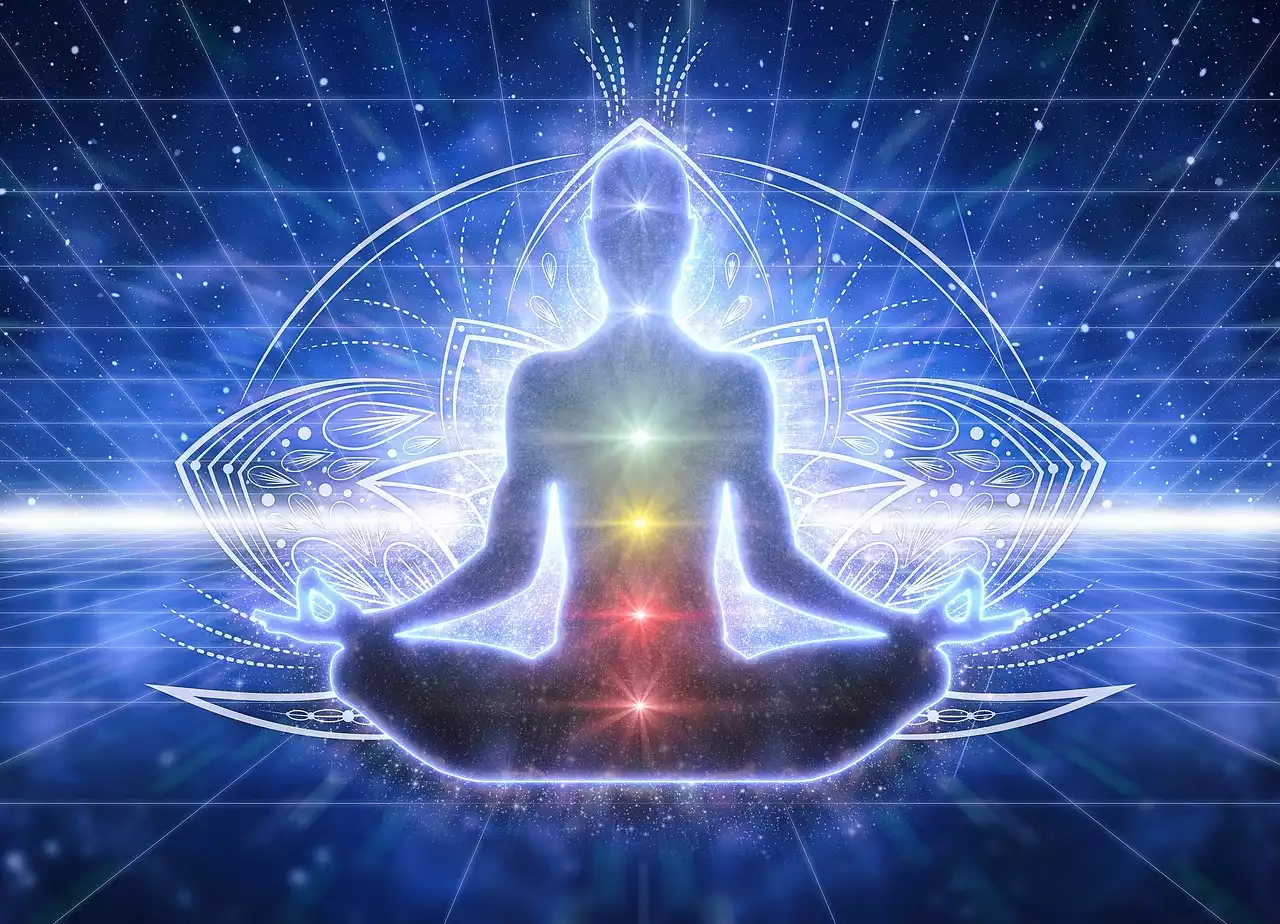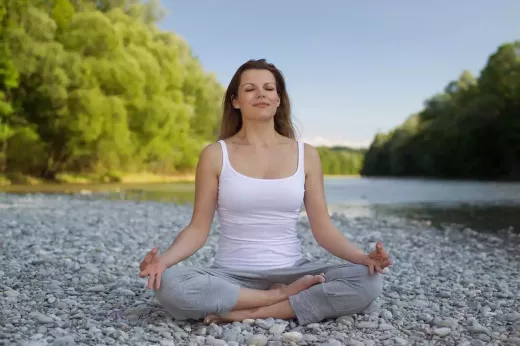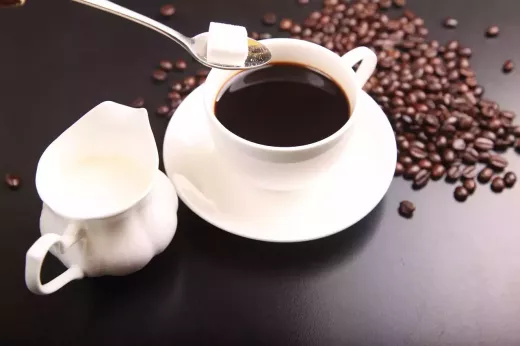Benefits of relaxation techniques
Relaxation techniques have been shown to have many benefits for both our mental and physical health. These benefits include reduced stress and anxiety, improved sleep quality, lower blood pressure, and increased feelings of well-being. When we're stressed, our body releases cortisol, which can have negative effects on our health over time. By practicing relaxation techniques, we can help reduce the amount of cortisol in our bodies, leading to improved health and well-being.
In addition to the physical benefits, relaxation techniques can also help us better manage our emotions. When we're stressed, it's easy to let our emotions get the best of us. By practicing relaxation techniques, we can learn to better regulate our emotions and respond to stress in a more positive way.
Overall, incorporating relaxation techniques into our daily routine can have a significant impact on our overall health and well-being.
Deep breathing exercises
Deep breathing exercises are a simple yet effective way to reduce stress and promote relaxation. This technique involves taking slow, deep breaths in through your nose and out through your mouth. As you breathe in, focus on filling your lungs with air and expanding your belly. As you breathe out, focus on releasing any tension or stress in your body.
One popular deep breathing exercise is the 4-7-8 technique. To do this, inhale for a count of 4, hold your breath for a count of 7, and exhale for a count of 8. Repeat this cycle for several minutes, focusing on your breath and letting go of any stress or tension.
Deep breathing exercises can be done anywhere, anytime, making them a great tool for managing stress on the go.
Qigong Breathing Exercises - Diaphragmatic Breathing
Progressive muscle relaxation
Progressive muscle relaxation is a technique that involves tensing and then relaxing different muscle groups in your body. This technique can help you become more aware of your body and release any tension or stress you may be holding.
To do this technique, start by finding a comfortable position and taking a few deep breaths. Then, focus on one muscle group at a time, starting with your feet and working your way up to your head. Tense each muscle group for a few seconds, then release and relax. Repeat this for each muscle group, taking your time and focusing on the sensations in your body.
Progressive muscle relaxation can be a great way to release tension and stress, especially after a long day at work or a strenuous workout.
Visualization and guided imagery
Visualization and guided imagery are techniques that involve using your imagination to create a relaxing mental image or scenario. This technique can help you create a sense of calm and relaxation in your mind, which can then translate to your body.
To do this technique, find a quiet place where you won't be disturbed. Close your eyes and imagine a calming scene, such as a peaceful beach or a quiet forest. Focus on the details of the scene, such as the sound of the waves or the rustling of leaves. Visualize yourself in the scene, feeling calm and relaxed.
Guided imagery can also be done with the help of a therapist or through a recorded meditation. These resources can provide a helpful guide for creating a calming mental image and achieving a state of relaxation.
Yoga and meditation
Yoga and meditation are two popular relaxation techniques that have been practiced for centuries. Both techniques involve focusing on your breath and being present in the moment, which can help promote relaxation and reduce stress.
Yoga involves a series of physical postures and movements, combined with deep breathing and meditation. This practice can help improve flexibility, balance, and strength, while also promoting relaxation and stress reduction.
Meditation involves sitting quietly and focusing on your breath, or on a particular word or phrase. This practice can help calm the mind and reduce stress and anxiety.
Both yoga and meditation can be done in a group setting or on your own, making them a flexible and accessible way to promote relaxation and improve your overall well-being.
Mindfulness techniques
Mindfulness is the practice of being present in the moment and fully engaged in what you're doing. This technique can help reduce stress and anxiety by bringing your attention to the present and letting go of worries about the future or regrets about the past.
One simple mindfulness technique is to focus on your breath for a few minutes each day. Sit quietly and focus on your breath, noticing the sensations in your body as you inhale and exhale. If your mind starts to wander, gently bring your attention back to your breath.
Other mindfulness techniques include mindful eating, mindful walking, and mindful journaling. By incorporating mindfulness into your daily routine, you can become more present and engaged in your life, leading to reduced stress and improved well-being.
Simple Mindfulness Meditation Techniques
Essential oils
Essential oils are concentrated plant extracts that are used in aromatherapy to promote relaxation and reduce stress. These oils can be diffused in the air, added to a bath, or applied to the skin, depending on the oil and its intended use.
Some popular essential oils for relaxation include lavender, chamomile, and bergamot. These oils have calming properties and can help reduce stress and anxiety.
When using essential oils, it's important to follow safety guidelines and use them as directed. Some oils can be irritating to the skin or harmful if ingested, so it's important to do your research and consult with a professional before using essential oils.
Soothing music
Music has been shown to have a powerful effect on our emotions and can be a great tool for promoting relaxation and reducing stress. Slow, calming music can help lower our heart rate and blood pressure, leading to a sense of calm and relaxation.
Some popular types of music for relaxation include classical, ambient, and nature sounds. You can listen to music while doing other relaxation techniques, such as deep breathing or progressive muscle relaxation, or simply listen to music on its own to help promote relaxation and reduce stress.
Other relaxation methods
In addition to the techniques listed above, there are many other relaxation methods that can help reduce stress and promote well-being. Some of these methods include massage therapy, acupuncture, and tai chi.
Massage therapy involves the manipulation of soft tissues in the body to promote relaxation and reduce stress. Acupuncture involves the insertion of small needles into specific points on the body to promote healing and reduce stress. Tai chi is a gentle form of exercise that combines deep breathing, meditation, and slow movements to promote relaxation and improve overall health.
By exploring different relaxation methods, you can find the techniques that work best for you and your unique needs.
Incorporating relaxation techniques into your daily routine
In order to experience the full benefits of relaxation techniques, it's important to incorporate them into your daily routine. This can be as simple as taking a few deep breaths before a meeting or practicing yoga for 10 minutes each morning.
By making relaxation a priority in your life, you can reduce stress, improve your health and well-being, and better manage the challenges of daily life.

